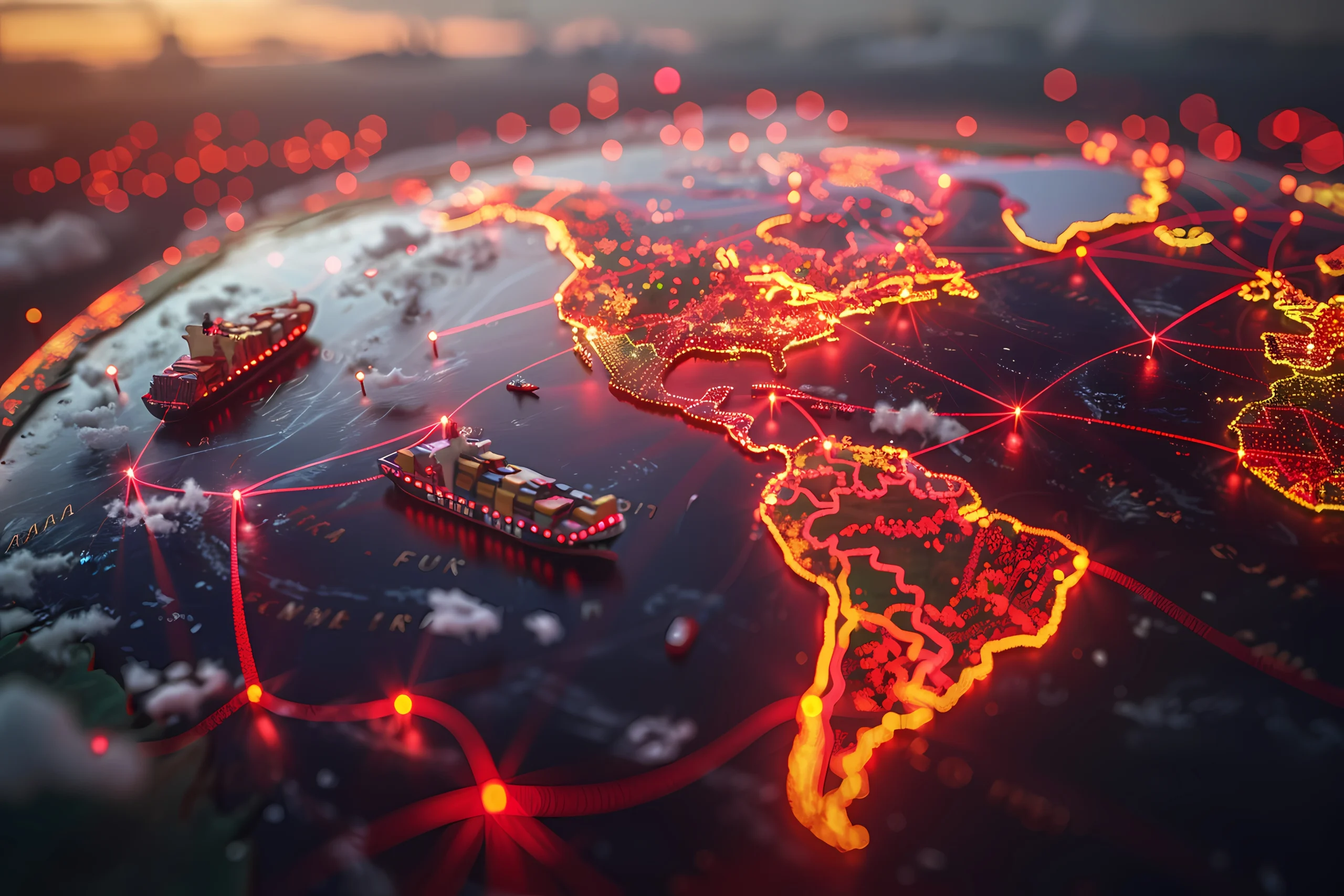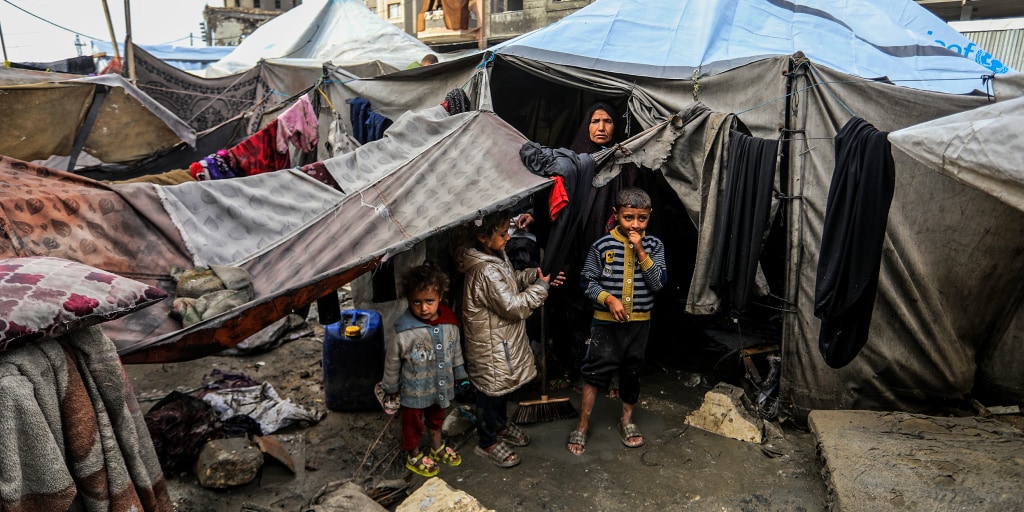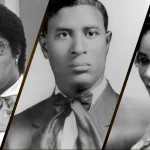The Cold War and the Rise of American Global Power
The Cold War didn’t start with a bang. It crept in—quiet, tense, persistent. Two superpowers stood on opposite ends of the ideological spectrum, shaping not only geopolitics but the texture of everyday life across the globe. And somewhere amid the nuclear brinkmanship, economic chess matches, and proxy conflicts, the United States transformed into a global hegemon. But that journey? It’s more layered than red versus blue, communism versus capitalism.
For many of us—especially Black professionals navigating both American systems and global perceptions—the Cold War is more than just a chapter in a textbook. It’s a pivot point, a moment when the U.S. flexed its might outward while often ignoring the work needed within.
A World Divided: More Than Maps and Missiles
After World War II, the U.S. stood in a peculiar place: triumphant yet threatened. Europe was shattered. The Soviet Union, bloodied but bold, had emerged from the war with both fearsome losses and staggering ambition. And Washington? Washington had the bomb—and the burden of leadership.
The globe became a chessboard. NATO formed to unify Western nations under American protection; the Warsaw Pact responded in kind, under Soviet direction. What emerged was a “bipolar” world—an unnatural symmetry built on fear, not friendship.
But this divide wasn’t just about borders. It was about belief systems. Democracy versus dictatorship. Market freedom versus state control. Of course, the reality was always messier. The U.S., for all its talk of liberty, was still grappling with Jim Crow, redlining, and systemic inequality. Abroad, the American flag signaled freedom; at home, it often waved over contradiction.
Ideology With Teeth: Capitalism’s Moral Campaign
What do you do when your rival has a compelling story? You tell a better one—louder, flashier, and, if possible, with jazz.
American capitalism wasn’t just an economic model; during the Cold War, it became a global brand. The U.S. government didn’t just advocate markets—they marketed them. Coca-Cola, Hollywood films, Levi’s jeans—they weren’t just products; they were weapons of cultural persuasion.
This wasn’t accidental. Agencies like the United States Information Agency (USIA) funded exhibitions, cultural exchanges, and even international tours by artists like Louis Armstrong and Duke Ellington. And yes, they sent Black musicians abroad to signal racial progress—sometimes while those same artists faced discrimination at home. There’s a tension there, isn’t there? A nation showcasing its diversity abroad while civil rights leaders were being surveilled and sometimes silenced.
Still, ideology mattered. The narrative of “freedom over tyranny” gave America global moral ground—at least in theory.
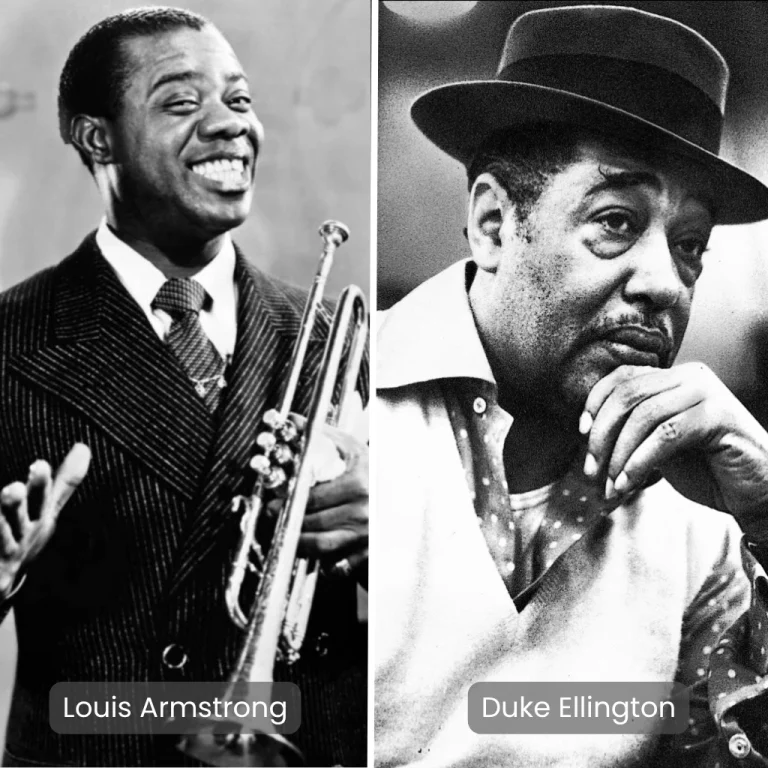
The Military Machine and Proxy Firestorms
You won’t find a direct U.S.-Soviet battle in the Cold War. Instead, you’ll find Vietnam. Korea. Angola. Afghanistan. These weren’t side notes; they were frontlines in a shadow war.
Proxy conflicts became the norm. Rather than risk mutual annihilation, both superpowers backed opposing factions in regional disputes. And while Moscow poured resources into leftist revolutions, Washington propped up regimes that often had shaky commitments to democracy—so long as they weren’t communist.
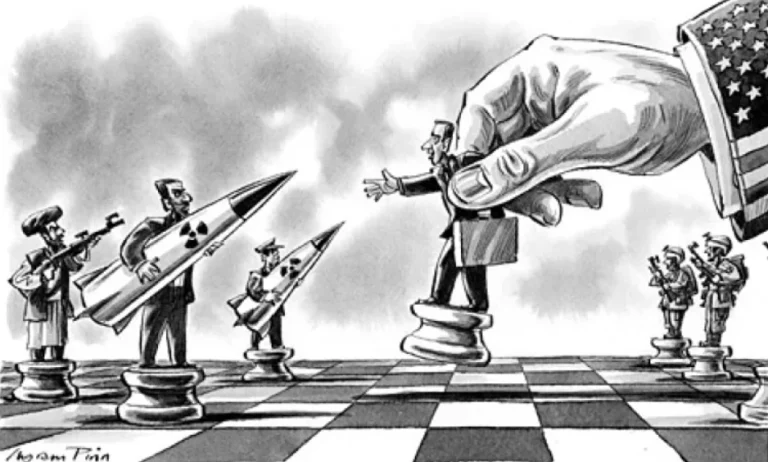
Image from sharemylesson.com
It’s here that American global power became most visible—and most questionable. Military bases spread like constellations. The CIA became both symbol and secret of U.S. influence. And defense budgets ballooned into what President Eisenhower would later call the “military-industrial complex”—a system where warfare wasn’t just policy, but profit.
Even today, echoes of these choices linger. Some countries remember America as liberator. Others recall it as occupier. And both can be true.
Culture Wars and the Soft Power Playbook
Hard power builds empires. Soft power sustains them.
The Cold War wasn’t just won on battlefields or in boardrooms—it was waged in bookstores, classrooms, and living rooms. The U.S. understood that winning hearts and minds meant exporting ideas, not just arms.
American universities became global magnets. Peace Corps volunteers went into villages with notebooks and goodwill. Voice of America broadcasted ideals across iron curtains. And yet again, culture played a dual role—both reflecting and reshaping America’s image.
For Black Americans, this cultural front raised contradictions. While jazz musicians and athletes were being held up as symbols of American excellence, the Civil Rights Movement exposed a different reality. Dr. King’s “Letter from Birmingham Jail” echoed louder than any Cold War propaganda pamphlet. And during the ’60s and ’70s, Black radicals like Angela Davis became international figures, reshaping global conversations about American justice.
In a strange twist, the struggle for equality at home often strengthened U.S. legitimacy abroad. Progress—however slow—became part of the American pitch.
Economic Empire: Dollars, Debt, and Global Reach
By the 1980s, the dollar didn’t just talk—it dictated.
The Cold War saw the emergence of Bretton Woods institutions—the IMF, World Bank, and later, the World Trade Organization. These weren’t just financial bodies; they were tools of geopolitical strategy. Nations that aligned with the U.S. gained loans, access, and influence. Those that strayed risked sanctions, isolation, or worse.
This economic web deepened U.S. global power. American banks became indispensable. Wall Street boomed. And multinational corporations extended American reach to every continent.
But let’s not pretend this was purely altruistic. Structural adjustment policies often hit developing nations hardest. And while the Soviets collapsed under economic strain, America’s model survived—though not without generating its own inequities.
The Cold War’s Long Shadow

When the Berlin Wall fell in 1989, it felt like the end of history—or so some said. The U.S. stood alone, unmatched. But the Cold War didn’t vanish. It shifted.
We still live with its architecture—military alliances, nuclear arsenals, cultural tropes. We still negotiate its legacy in the language we use around democracy, freedom, and security.
And for Black professionals, there’s another layer. Many of us grew up under the lingering tension of Cold War fear—nuclear drills, spy films, “evil empire” rhetoric. Yet we also inherited opportunities born from its contradictions. Scholarships to study abroad. Diversity initiatives spurred by international scrutiny. Stories from elders who served overseas, experiencing moments of dignity they were denied at home.
Closing Reflections: What Kind of Power?

So, what kind of power did America build during the Cold War?
It was expansive, yes—but complicated. Sometimes principled, sometimes hypocritical. Often effective, occasionally reckless.
As professionals, especially those navigating both racial identity and global engagement, this legacy matters. It informs how we’re seen—and how we see. Whether we’re negotiating contracts abroad, building international brands, or simply explaining where we’re from, we’re walking in the footprint of a superpower forged in conflict and contradiction.
Understanding that past doesn’t just clarify history—it sharpens our role in shaping what comes next.
More News /Article
